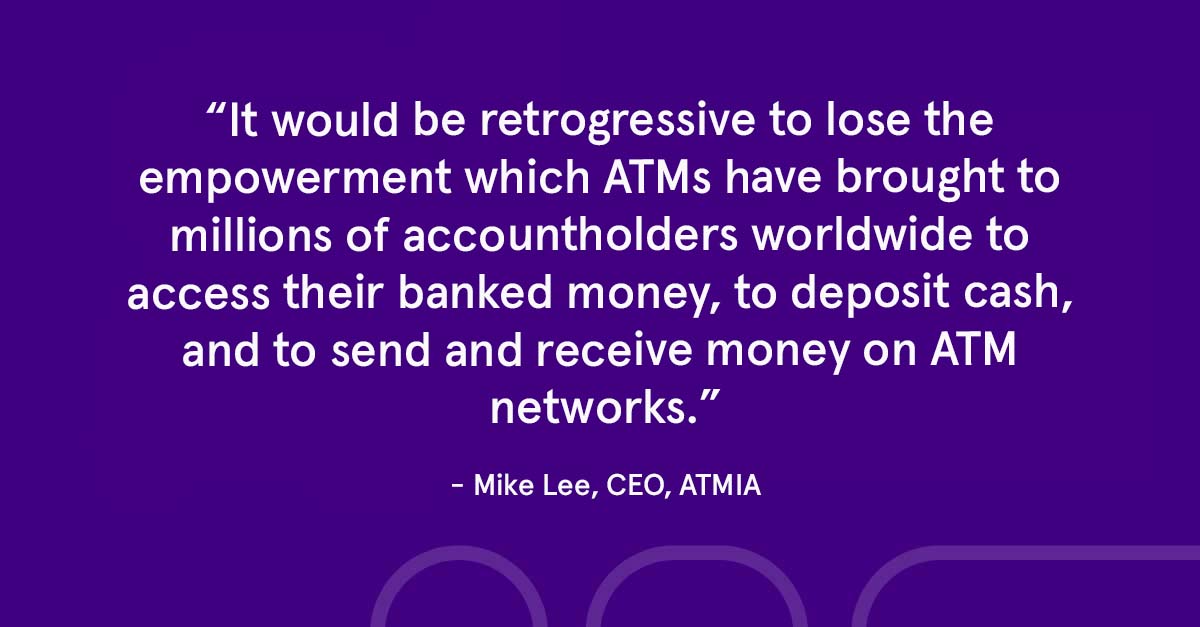2022 saw tourism YoY soar as countries reopened after lockdowns and gradually reduced restrictions, resulting in a travel surge termed as post-Covid “revenge tourism”. Despite Covid restrictions still being in place across much of Europe, in March 2022 Swedavia, the Swedish airport operator, reported that air travel - whilst down 46% on March 2019 – was up 418% on that seen in March 20211. This kickstarted an upwards trajectory of increased travel, precipitating a boom in the Summer of 2022. Whilst international travel is not expected to exceed 2019 levels until 2025, the outlook for 2023 is promising2. 62% of 2023 flight searches in the first week of December were for international destinations, up from 55% at the same time last year, according to a recent Hopper report3. It cited international travel among the top three trends for 2023, saying it’s poised “for a big comeback”4.
Increased tourism will provide a much-needed boost to businesses in light of widespread economic downturn and will be a relief to companies that rely on tourism for growth and success, such as hospitality or the ATMs business, that were heavily impacted by lockdowns and the reduction of travel as a result of Covid-19. Making sure to appeal to international tourists by evolving infrastructure to better support them, such as accepting foreign currency transactions, making exchange rates on ATMs more transparent, and ensuring a range of language options, will be crucial to making the most of the increase in travel.
So, what can we expect from tourism in 2023?
Who will be travelling?
Overwhelmingly the answer seems to be Americans. Amongst Americans, travel sales for Europe for November 2022 were up over 100% compared to 2019, with travel booked for December 2022 trending 75% above 2019 levels5. Annual average growth from the U.S. to Europe is expected to be 33.6% in the five-year period 2021 to 2026, with the fastest increase observed in Northern Europe (+41.5%)6. A study published by Destination Analysts in November showed that 31% of Americans are now more interested in international than domestic travel, a 6% increase from February and a 2022 high7. It is clear, therefore, that transatlantic travel between the U.S. and Europe will continue to be one of the key drivers of the European travel sector’s recovery post-covid. Tourist destinations and businesses should bear this in mind when considering how best to facilitate these customers. Implementing infrastructure changes, such as dynamic currency conversion at ATMs to enable easier foreign exchange from dollar accounts and providing English translations of signs, direction, menus, etc., will ensure accessibility and transparency for American customers and can encourage further spending.
It is also worth bearing in mind that, pre-covid, China was the world’s largest source of outbound tourists, who took 170 million trips and contributed $253 billion to the global economy in 20198. As restrictions lift in 2023, with China having opened its borders on 8th January, and expecting to once again grant tourist visas from August 2023, Chinese travellers are projected to take 110 million international trips9.
Which destinations will be popular?
Western Europe is forecast to be the best performing region globally this year (albeit still 24 percent below 2019 levels)10. Most countries, have removed the requirement for COVID testing prior to travel, conditional on vaccination status, and removal of restrictions along with greater confidence in the efficacy and uptake of the vaccines means that tourists are increasingly feeling comfortable to travel11. With the imposition of covid testing for those coming from China by some countries and regions, including the U.S and Japan, it is likely that Europe will be a destination of choice for the Chinese too, especially with the ‘welcome back’ posts that many European countries have posted on their Weibo accounts encouraging travel12. Overall trends are about 25 percent higher for Europe 2023 travel from America compared to same time period for 2022 travel, likely driven by the large scale events being hosted by Europe in 2023, including the Paris Air Show and the Rugby World Cup13.
The Russo-Ukrainian conflict will result in reduced outbound travel from both countries. In the short-term, neighbouring countries and those most reliant on Russian and Ukrainian tourists, such as Monaco, will be worst affected in terms of tourism performance. Eastern Europe’s tourism recovery has been pushed back to 2025, with arrivals in 2022 43% lower than in 201914.
For the UK, the outlook is positive, with the November Hopper study indicating that London is set to be the second most popular destination for American tourists in 202215. A recent report by PWC is forecasting 35.1 million tourist visits in 2023 (86% of the 2019 level and 18% higher than in 2022) and £29.5 billion spend (104% of the 2019 level and 14% higher than in 2022)16. If the latter figure is achieved it would be a record for the value of inbound spend in the UK in nominal terms, although adjusting for inflation it would be 87% of the 2019 level in real terms, in line with the trend in visitor volumes17. Visits from European markets are forecast to recover quicker than long-haul overall, continuing the steady recovery seen this year, reaching 24.1 million in 2023, 88% of the 27.3 million visits in 201918. For long-haul markets, the forecast is for 11.0 million overseas visits to the UK in 2023, 81% of the 13.6 million in 2019, with significant variation across source markets as some regions (e.g. North America) recover relatively quickly while others (East Asia) lag behind19.
How long will they stay?
In 2016, the average length of stay for tourists was 6.13 nights, in 2019 it was 6.50 nights, in 2022, it was 6.81 nights, increasing to 8.21 in November, suggesting a longer length of stay for holidaymakers in 202320.
How much are tourists spending?
The average Europe vacation package purchased by Americans spend is 31% higher for 2023 compared to 2019, mainly due to increases in flight and accommodation costs but also due to average length of stay increasing21. High demand will drive up airfare and hotel prices even further, but Americans remain willing to pay more to ensure they get to travel, despite high inflation22.
“Inbound” tourism spending from transcontinental and inter-regional visitors increased by 112% in 2022 compared to 2021, in spite of inflation23. Globally, tourist spend per trip is showing a 13% increase at current 2022 prices, with an average spend of $1,331 per arrival worldwide. For 2023, total tourist spend is projected to exceed $1.4 trillion dollars globally24.
This matches up with data released by the UK’s Office for National Statistics, via the International Passenger Survey, with the value of visitor spending in 2022 being not far off 2019 levels in nominal terms (visits and spend were down 21% and 4% respectively on 2019 in the April-August period)25. Average spend per visit was therefore much higher than pre-COVID, due mostly to a combination of longer average length of stay as well as an increase in spend per night broadly in line with inflation26.
How can businesses benefit?
Making the most of increased tourism will be crucial to boosting economies in the coming year and offering businesses some protection from the impact of domestic economic downturn and increased cost of living. It is therefore key that the infrastructure to support tourists continues to evolve. Recently there have been developments in payments to facilitate easier foreign currency exchange, prioritising transparent exchange fees and allowing settlement in multiple currencies, negating the need for exchanging currencies on the part of the customer altogether. Providing this transparency is key in building trust and confidence in transactions, encouraging purchasing.
For many of these tourists, cash will still be a preferred choice of payment. Using cash removes the need to work out the exchange rate or transactions fees on every purchase made. Many travellers also find cash easier in terms of budgeting on their trips. Travelling with cash also means avoiding the worry of not being able to pay for things on arrival in a foreign country, whether that’s because of cards being blocked by banks, a lack of cash machines at the airport, or taxis and other businesses not accepting card. Despite an increased acceptance of cards and mobile payments options globally, many countries still prefer to transact in cash. Pre-pandemic, Spaniards used cash in 85% of all point-of-sale transactions and can still insist on taking cash on any transactions that are under €3027. This means ATMs that facilitate transactions from international banks and have implemented updated foreign exchange systems, such as Dynamic Currency Conversion (DCC) will play a huge role in encouraging high tourist spend. By providing transparency in terms of exchange rates and fees, travellers know exactly how much they are spending in their own currency, giving them more confidence when withdrawing cash and encouraging repeat withdrawals.
Cashflows x Fexco:
At Cashflows, we prioritise giving customers options in how to pay and keeping payments inclusive. We, therefore, recognise the importance of cash and access to cash in facilitating transactions. Our ATMs business has recently partnered with Fexco to bring an end-to-end Dynamic Currency Conversion (DCC) Solution to customers in Europe, encouraging growth in their own new and repeat international customer base.
The increased transparency that DCC provides enhances the customer’s ability to make a fully informed decision, reinforcing the principles of fairness and Open Banking. In turn, that makes it easier to budget and manage spend when the cost of a transaction is displayed upfront. For the ATM owner/operator, it results in a brand-new revenue stream, as merchant fees are bypassed for DCC-enabled devices, and there is zero FX risk.
Our BIN sponsorship model allows ATM deployers to accept transactions from 6 different card issuers, including Discover, JCB, and Union Pay International, whilst reducing associated costs with scheme fees, enabling ATM businesses to serve a wider international community and make the most of increased tourism.
Contact us for more information.
Sources:
1 Swedavia
3 Forbes
4 CNBC
9 Ibid.; WSJ; Birdquest Tours
11 Ibid.
12 China Travel News; English News
15 Media Hopper
17 Ibid.
18 Ibid.
19 Ibid.
21 Ibid.
22 Media Hopper
23 Bloomberg
24 Ibid.
26 Ibid.

